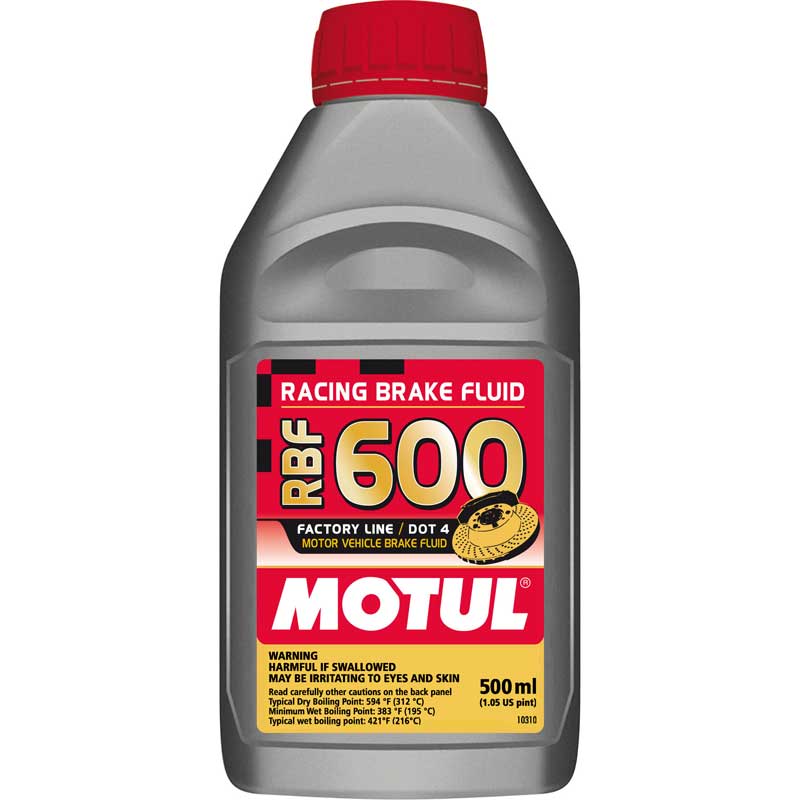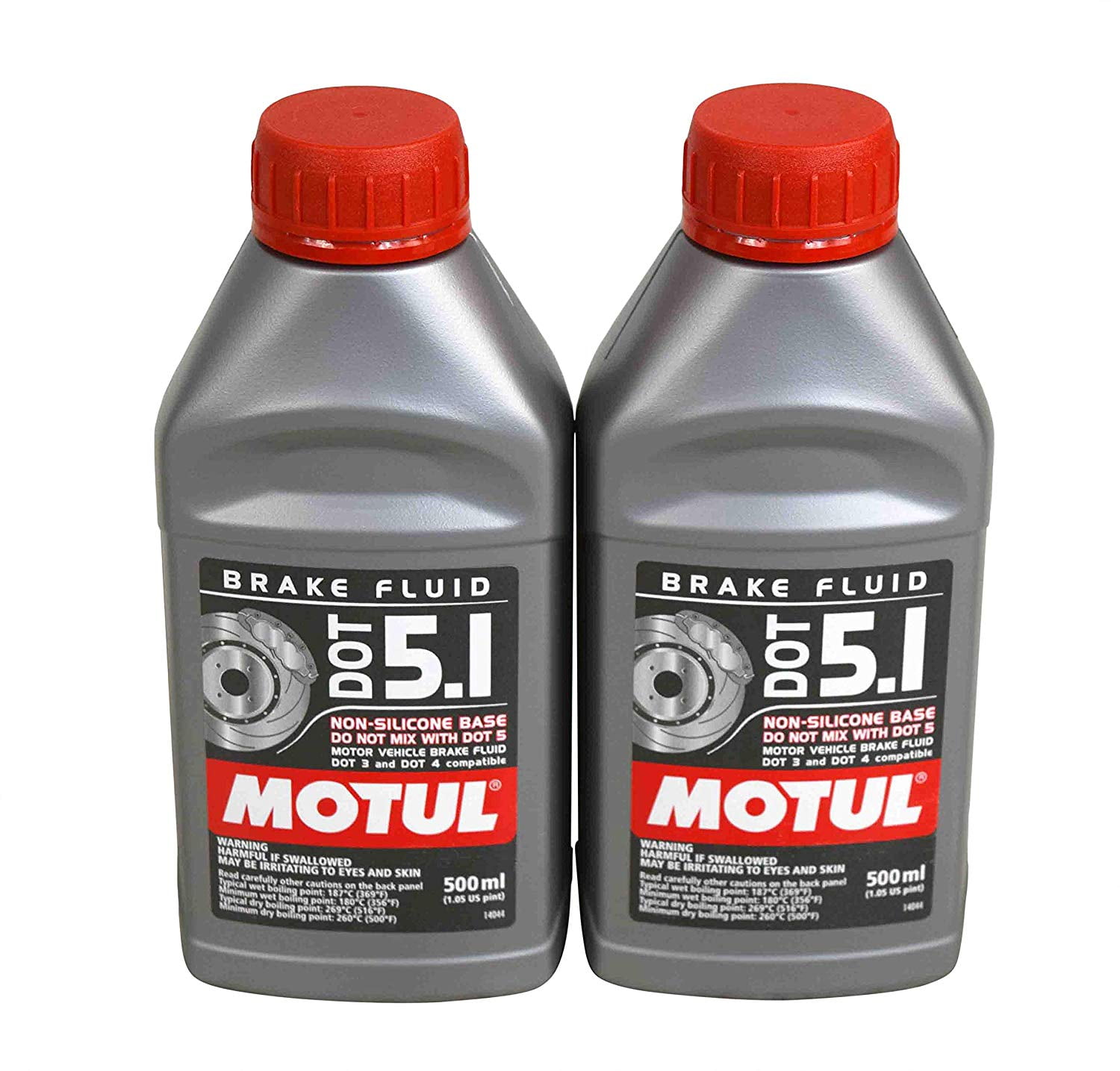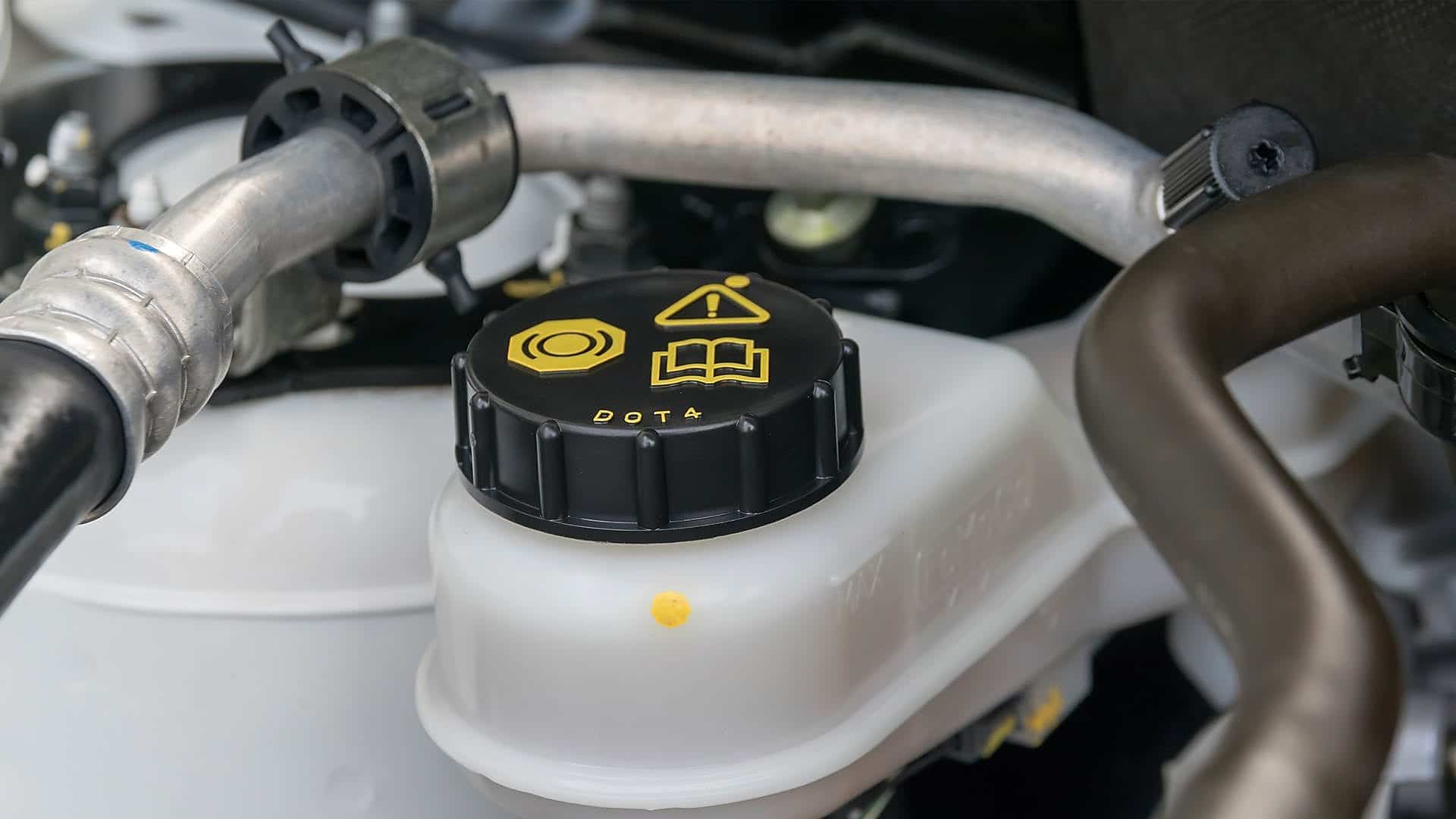

But if the level has fallen significantly since your last fluid level check or full service, it’s time to see a mechanic. Levels may drop slightly as brakes wear over time. Know the Warning Signs of Low Brake Fluidĭuring regular operation, your vehicle should not lose brake fluid. The only way to be sure is to check your car’s brake fluid quality is with a proper testing kit or visit a qualified mechanic. Also, know that this is just a guideline.
Brake fluid manual#
Again, consult your owners manual to be sure. Most manufacturers recommend this service every 24 months or 30,000 miles, though this can vary. Like changing your oil and replacing your car’s air filters, when to schedule a complete brake fluid flush depends on your driving habits and your car’s year, make, and model. This will indicate when and if it’s time to change the brake fluid. Step 3: Compare the color on the strip to the guide/chart included with your brake fluid test kit. Dip the strip into your vehicle’s brake fluid. Step 2: Open the brake fluid test kit and remove a single disposable strip. Step 1: Always don disposable plastic gloves to check brake fluid. With the master cylinder cap still off, follow these two additional steps. Still, it’s straightforward with a readily available brake fluid test kit purchased from any automotive store or online retailer. This can be a little trickier than merely checking the level. While you’re under the hood checking the master cylinder, it’s important to note not only the level but also the quality and pH balance of your car’s brake fluid.
Brake fluid how to#
How To Check Your Car's Brake Fluidīrake fluid contains additives to inhibit rust and corrosion of critical brake line components - namely the calipers, steel brake lines, and antilock brake system. Step 4: To continue checking the quality of the brake fluid, move to the section below. Consult a mechanic immediately as your vehicle may be unsafe to drive. Also, note that if your reservoir is empty or excessively low, this likely indicates an issue with your brake system. Some vehicles have a dual-chamber reservoir, in which case you should fill both to “full.” Wipe away any spilled or excess brake fluid immediately. Step 3: No matter the age of your vehicle, add brake fluid if the level is low.

Use a screwdriver or good multi-tool to pry the spring-loaded clamp to one side and lift the cap. Even a small amount of debris inside the master cylinder can damage your car’s delicate braking system. In this case, use a shop rag to wipe away any dirt from around the cap. Most older cars (prior to the early 1980s) relied on a metal reservoir topped with a spring-loaded clamp. Most newer vehicles (approximately mid-1980s and later) have a translucent plastic reservoir, so it’s easy to see the “full” line without removing the screw-off cap.

If you’re having trouble finding it, consult your owners manual. It’s typically on the driver’s side of the engine bay in front of where your car's brake pedal is mounted. Find the master cylinder - a small, capped reservoir usually located near your vehicle’s firewall at the back of the engine compartment. Ready to check your vehicle’s brake fluid level? Let’s get started! It’s also corrosive, so avoid spilling any on your vehicle’s finish or engine components. Avoid getting it in your eyes, and be sure to wash your hands thoroughly after checking the brake fluid level. A word of caution before getting started: Brake fluid can be highly toxic. If you can open your vehicle’s hood and unscrew a cap, you’ve got all the skills you need. Show 2 more items How To Check Brake Fluid LevelĬhecking your car's brake fluid level is almost as easy as checking your windshield washer fluid. Fresh brake fluid appropriate for your vehicle


 0 kommentar(er)
0 kommentar(er)
